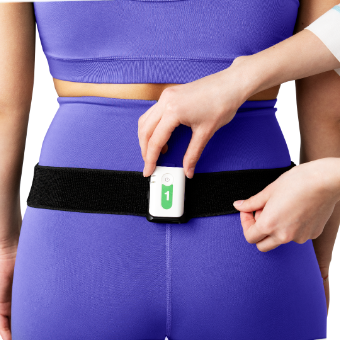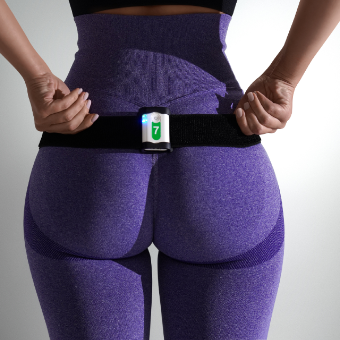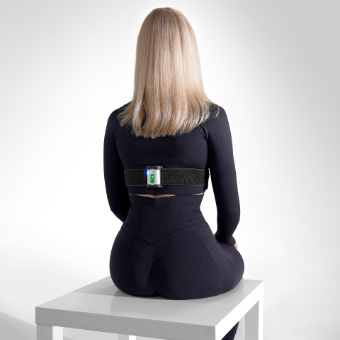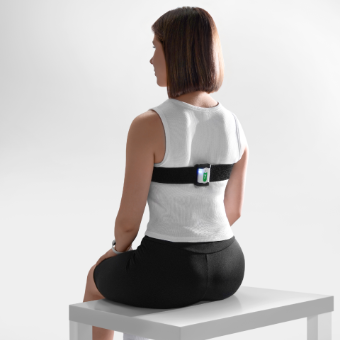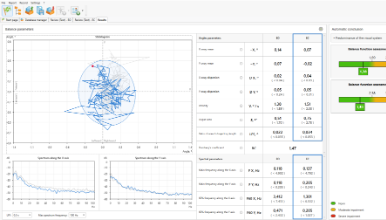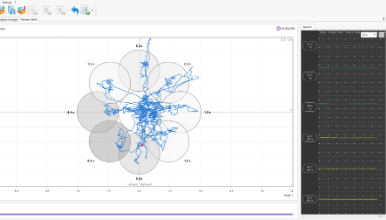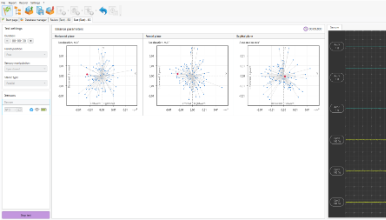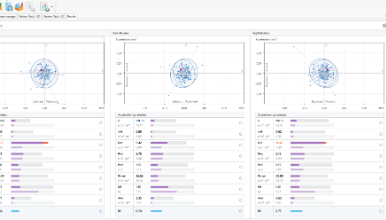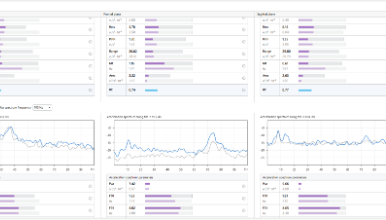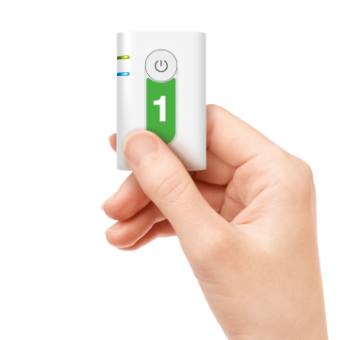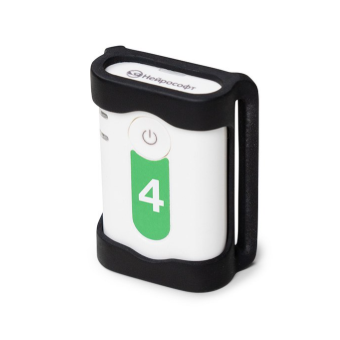Steadys-Balance
balance assessment system
- one sensor for a comprehensive balance analysis
- simple screening and advanced examinations
- balance assessment in various postures
- mobility
- progress tracking
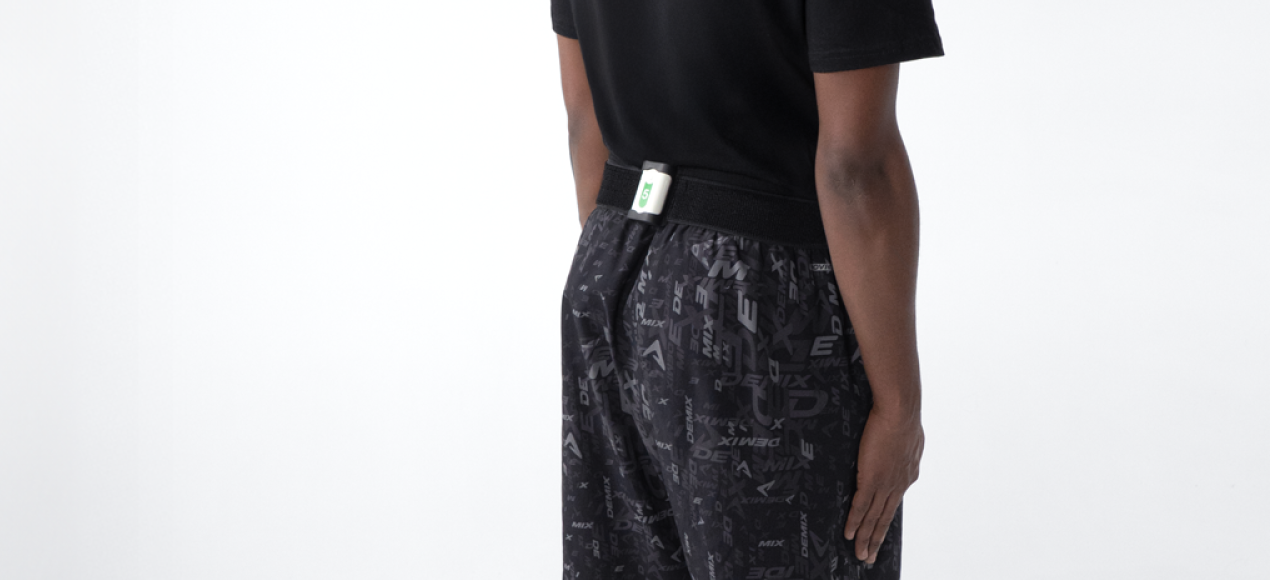
Description
One sensor for a comprehensive balance analysis
The core of the system is a miniature Neurosens inertial measurement unit (IMU) sensor that allows recording oscillations of the human body in 3 planes: frontal, horizontal and sagittal. The sensor is attached to the patient with an elastic band and transmits the patient’s movements to the software when the center of mass shifts to any side. When assessing the postural function, the recorded parameters are displayed on the specialist’s computer and compared with the reference values.
Steadys-Balance ensures all standard clinical protocols (LOS test, Romberg's test, etc.).
Simple screening and advanced examinations
You can choose the desired analysis method of the following:
- advanced, for researchers, high sensitivity — the method allows recording oscillations in three planes: frontal, horizontal and sagittal (3D stabilometry);
- traditional, easy to analyze and interpret, with automatic assessment of the balance function — ideal for doctors with a large patient flow.
Balance assessment in various postures
A miniature Neurosens sensor is used for balance assessment and can be attached to various parts of the body. For balance analysis of the upright posture, the sensor is attached to the patient’s sacrum. It is also possible to assess the postural function even in those patients who are still recovering the ability to sit and are unable to stand. In such a case, the sensor should be placed in the T6–T7 vertebrae area.
Mobility
All equipment required for the exam fits in one small shoulder bag that weighs only 2 kilos. This way, the exam can be performed in the patient's room without the need to move anywhere for a particular equipped space.
Progress tracking
All data obtained during the exams is stored in the software database. It only takes one button to generate a report for a comprehensive assessment of changes.
The support of HL7 standard allows integrating all diagnostic Neurosoft systems into the information system of a healthcare facility.Delivery Set
The delivery set can differ from country to country. Request the actual delivery set for your country from your local representative.
| 1 pcs. | |
| License for "Steadys-Balance" software | 1 pcs. |
| Charging cable | 1 pcs. |
| IMU sensor mount | 2 pcs. |
| Set of number stickers | 1 pcs. |
| Elastic strap (0.6 m) | 6 pcs. |
| Elastic strap (1 m) | 1 pcs. |
| Elastic strap (1.4 m) | 1 pcs. |
| Holder for video camera | 1 pcs. |
| USB extension cable (USB2.0 USB A(m) - USB A(f), 5m) | 1 pcs. |
| Wireless router | 1 pcs. |
| Software protection dongle | 1 pcs. |
| Technical Manual «Neurosens Set of IMU Sensors» | 1 pcs. |
| Technical manual «Steadys» | 1 pcs. |
| Annex to user manual «Exam Manager» | 1 pcs. |
| Package set | 1 pcs. |
| Bottom box insert | 1 pcs. |
| Upper box insert | 1 pcs. |
| Warranty certificate | 1 pcs. |
Options
-
Свидетельство на товарный знак Стэдис
791,71 KB
-
Стэдис_Регистрационное удостоверение_RF_03.09.2025
14,89 MB
